Elbow Dislocations
REBEL EM
NOVEMBER 6, 2024
1998 Jan-Feb;6(1):15-23. PMID: 32644703 Robinson PM, Griffiths E, Watts AC. 2017 Jul;9(3):195-204. PMID: 27227986 Glover NM, Black AC, Murphy PB. J Am Acad Orthop Surg. doi: 10.5435/00124635-199801000-00002. PMID: 9692937 Decker N, Norse A. Anterior Elbow Dislocation. 2022 Aug 2. In: StatPearls [Internet].

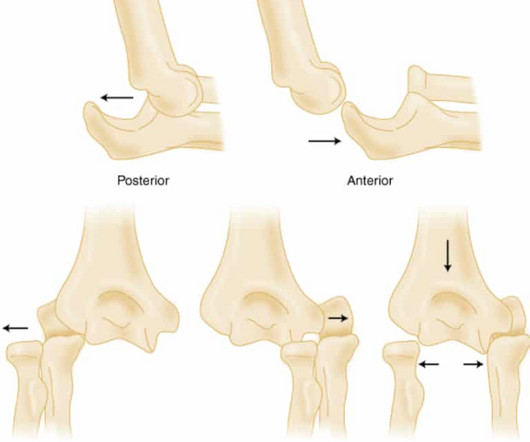
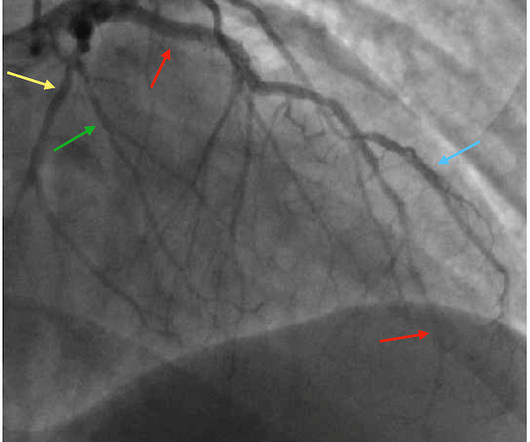
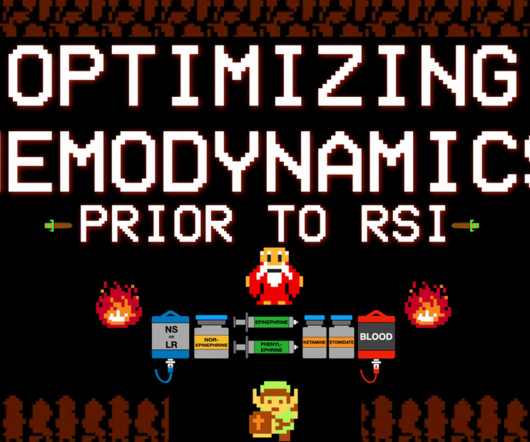
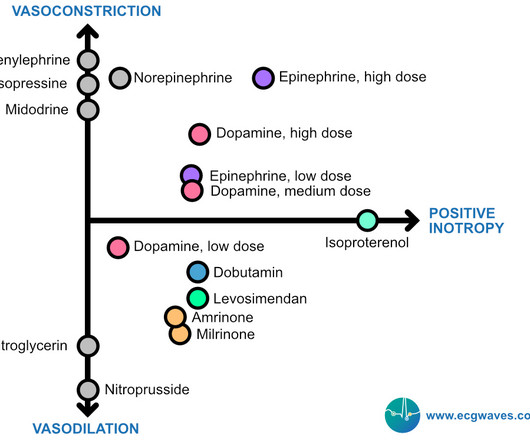
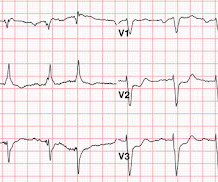

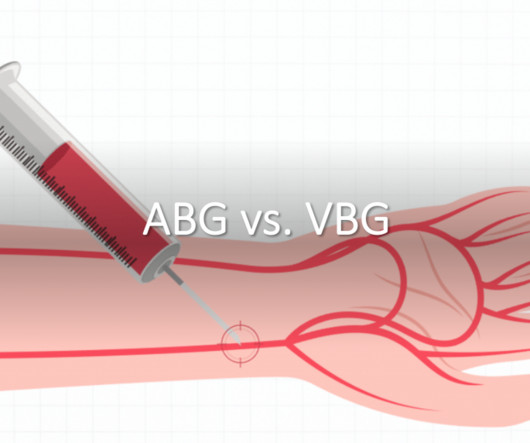







Let's personalize your content